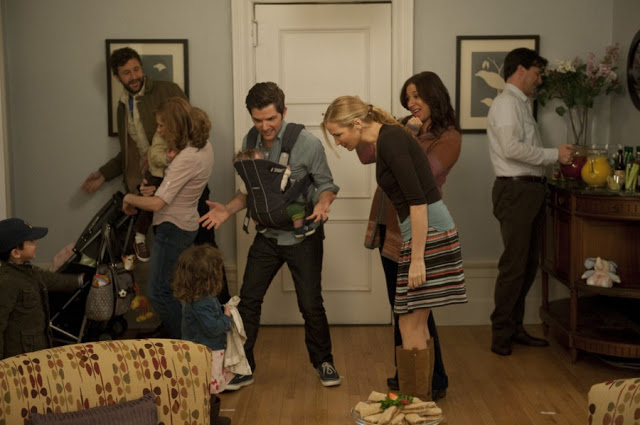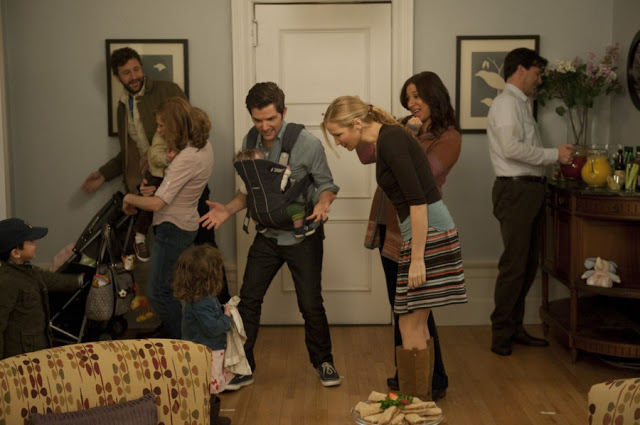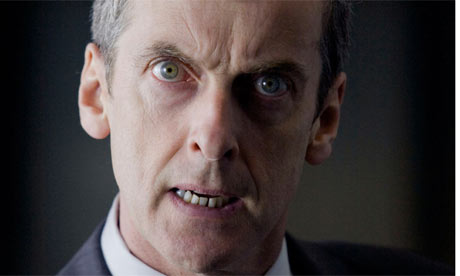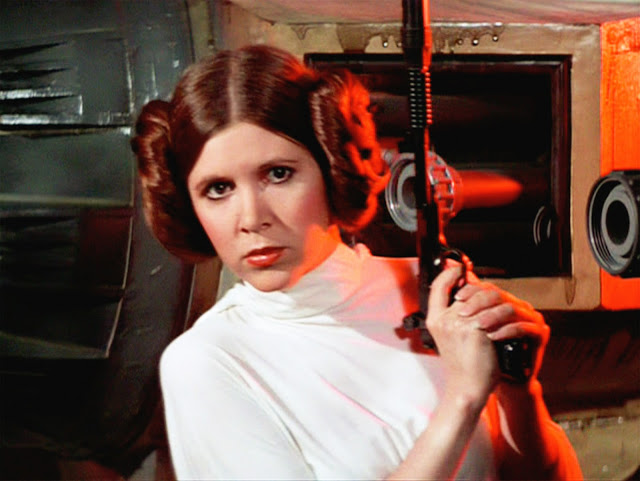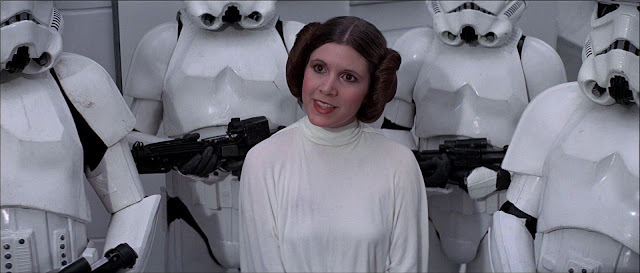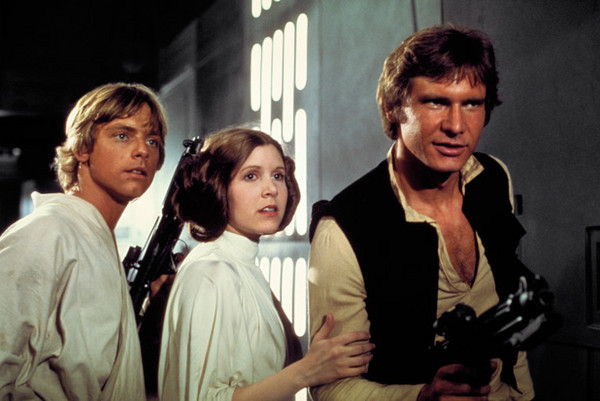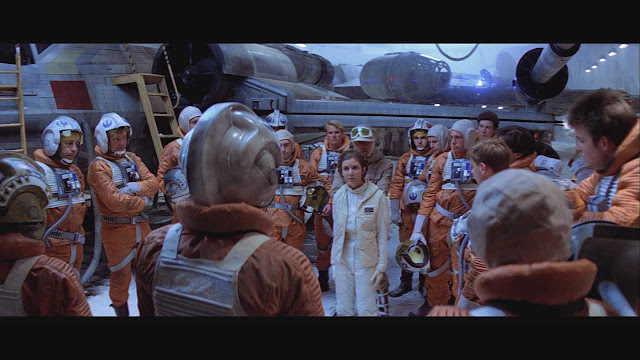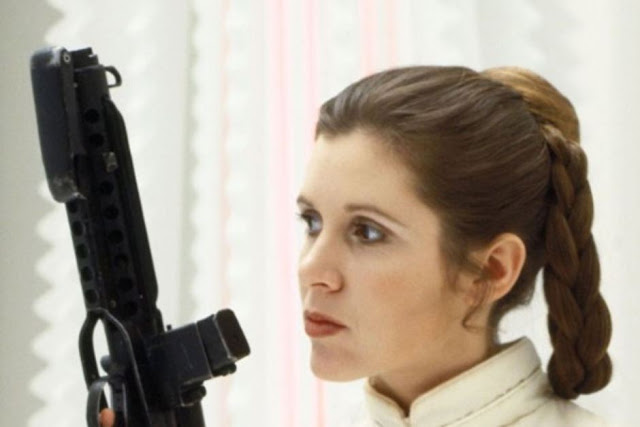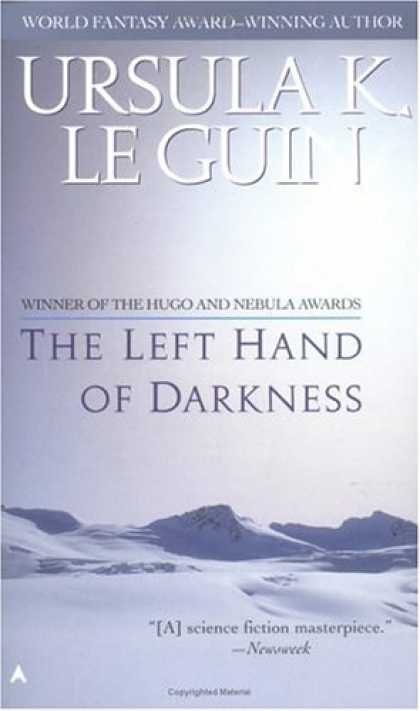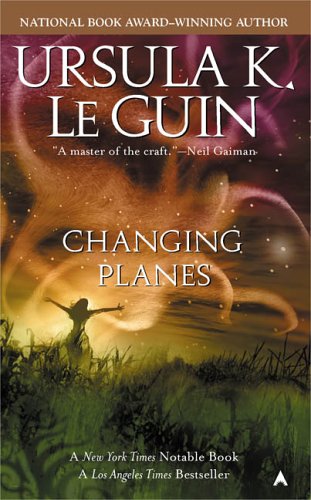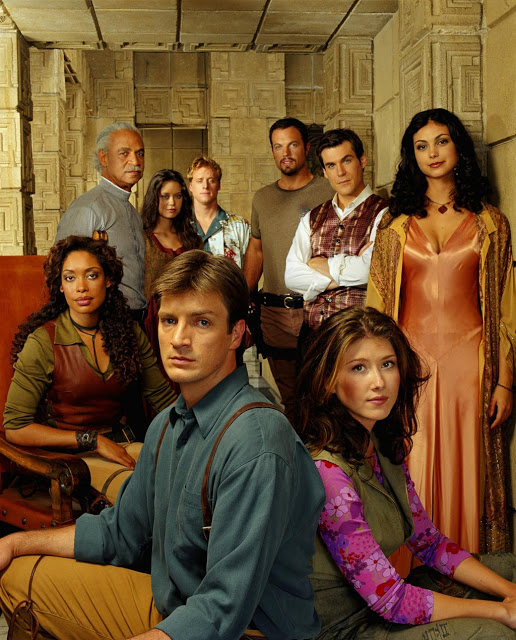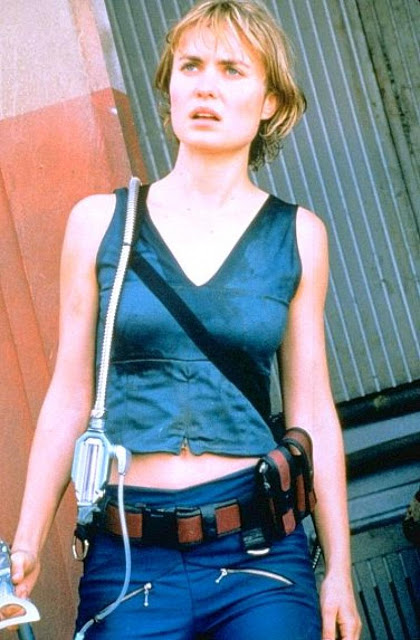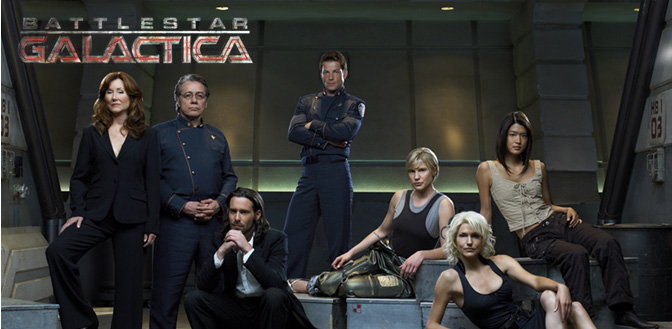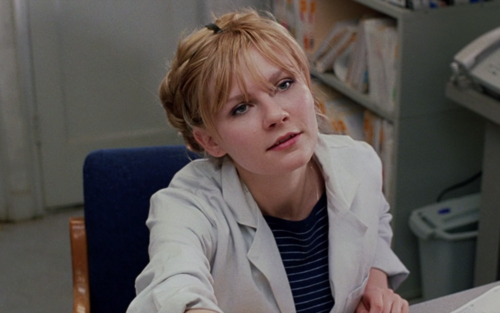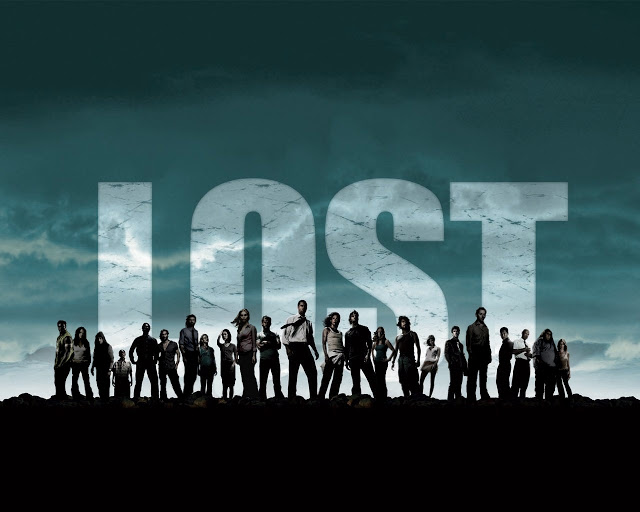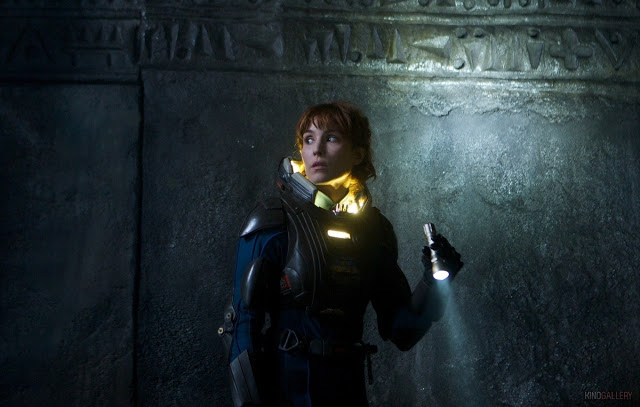 |
| Still from Friends With Kids. [source] |
I’ve been excited to see Friends With Kids since Megan Kearns first wrote about it for Bitch Flicks last March. What a cast! A female writer/director! A romcom with a genuinely new and interesting premise!
I finally got the chance to watch Friends With Kids on a long flight this week, and I tremendously enjoyed watching it, but still found myself wanting more. As Megan expressed in her subsequent review of the film, Friends With Kids falls short of being a “feminist extravaganza” and ultimately isn’t too dissimilar from your standard romantic comedy. I was constantly reminded of When Harry Met Sally… a film that Friends With Kids echoes not only thematically (testing the limits of men and women in platonic relationships) but also structurally (following its characters over the course of several years of their lives) and tonally (witty comedy striped with serious relationship pathos).
Writer/Director/Producer Jennifer Westfeldt also stars as Julie, whose life seems pretty great even though she’s been unlucky in love (one of the most refreshing things about this movie is how it portrays singledom as Not The End Of The World even for a woman who ultimately does want a committed relationship). Her best friend is Jason (Adam Scott, as though that guy needed any more crush points), who favors brief dalliances with large-breasted women to actual relationships. Julie and Jason function as an ersatz couple in their circle of paired-off friends (Maya Rudolph and Chris O’Dowd as the stable and happy partners Leslie and Alex, and Kristen Wiig and Jon Hamm as the more tumultuous pair Missy and Ben). After the rest of the gang starts having children, Jason and Jules surprise everyone by deciding to have a kid together. They both want children and do not want to wait to find “their people” to do so, especially given the negative effects on romantic relationships they’ve seen having children can bring. As best friends, they have a lifelong love and commitment to each other making them suitable co-parents, without having to sacrifice passion or romance to the demands of child rearing.
My disappointment with Friends With Kids is that it doesn’t really explore the promise of that premise. Jules and Jason’s child-rearing arrangement works seemingly effortlessly, and the film fails to really express why. When the movie needs to inject some conflict, Friends With Kids retreats to the well-worn issue of whether a woman and a man can enjoy a truly platonic relationship. Only when romantic drama is thrown into the mix does the pair struggle to divide their time with and responsibilities to their son, which seems to support the wisdom of Jason and Jules’ original arrangement, but in reality nullifies their alternative parenting scheme by suggesting that close male/female friendships are always a pretense ultimately giving way to romance.
Which means that in the end, Friends With Kids doesn’t have that much to say about alternative family structures, which is terribly disappointing. Lip service is paid to gay couples raising children, and a few divorced straight couples with kids appear on the sidelines, but their struggles aren’t really explored. So when our heroes end up as yet another “traditional” family by film’s end, it’s quite the let-down to my feminist hopes for the film.
That said, like with When Harry Met Sally…, my id was tickled to see these two characters find love with each other, even though I still long for a movie that explores a male-female friendship that is genuinely platonic. Jason and Jules were so believable as best friends (I particularly got a kick out of their go-to conversation starter: making the other person choose between two hypothetical causes of death) and initially so believable as people not attracted to each other (their baby-making sex scene was so hilariously awkward I couldn’t help but laugh out loud even though I was watching it on a personal headset with earphones on a crowded airplane) that I was quite surprised when Friends With Kids took the old-fashioned turns it did.
Friends With Kids is still eminently watchable: smart, funny, and really phenomenally cast and acted (this is a movie where even Megan Fox is well-cast!). Given that I like watching even bad romantic comedies, it feels unfair and greedy to emphasize my disappointment with what is a really, really good one, just for not being exactly the kind of movie I wanted it to be.
—
Robin Hitchcock is an American writer currently living in Cape Town, South Africa. She would choose death by shark over death by alligator.
